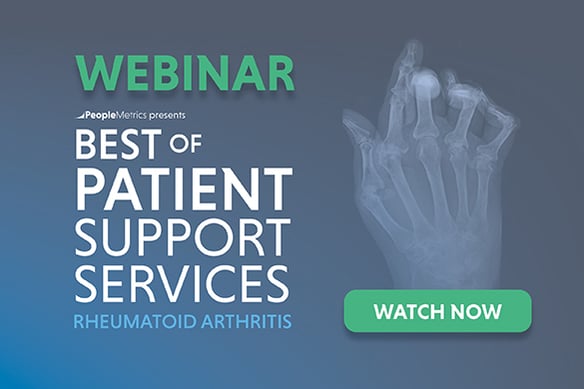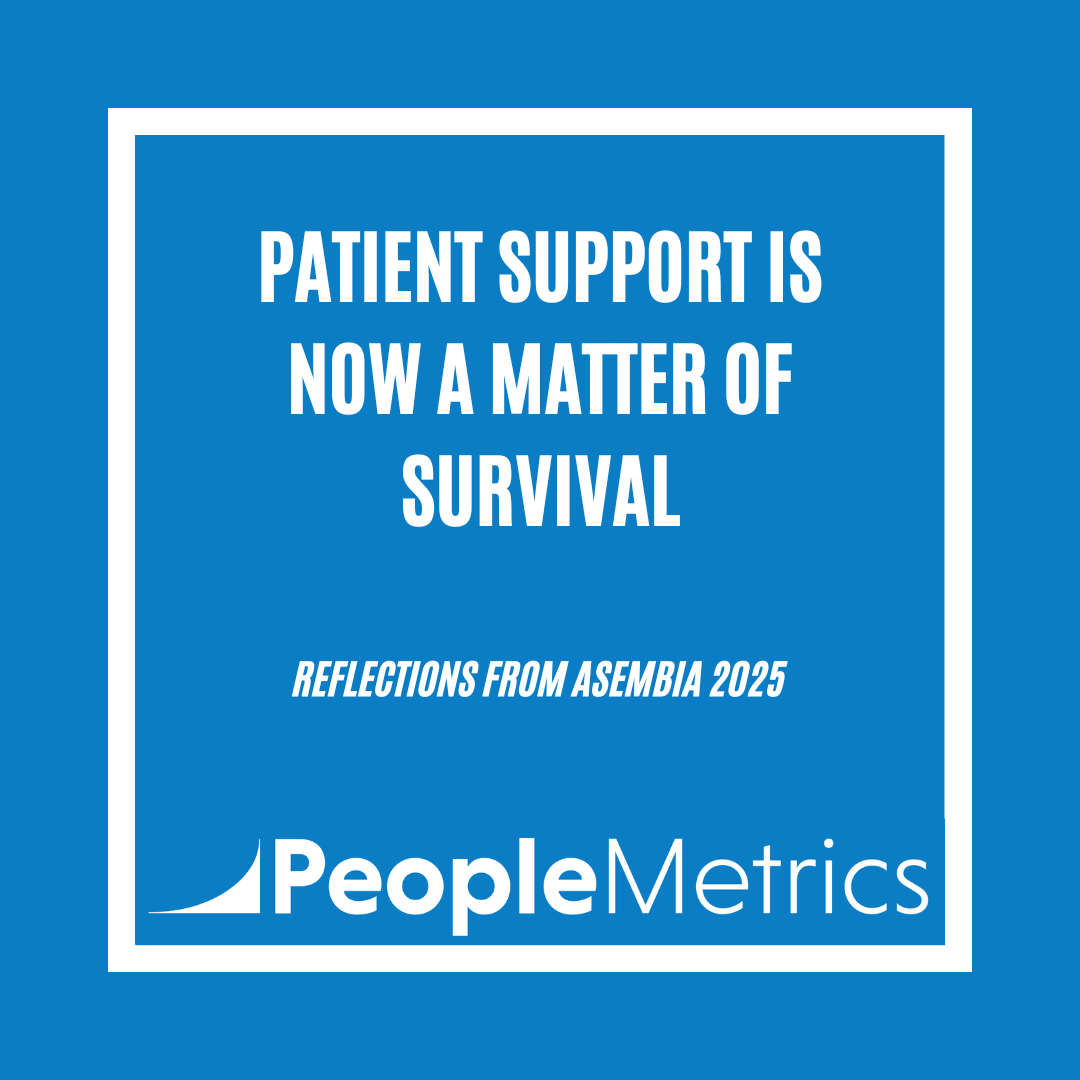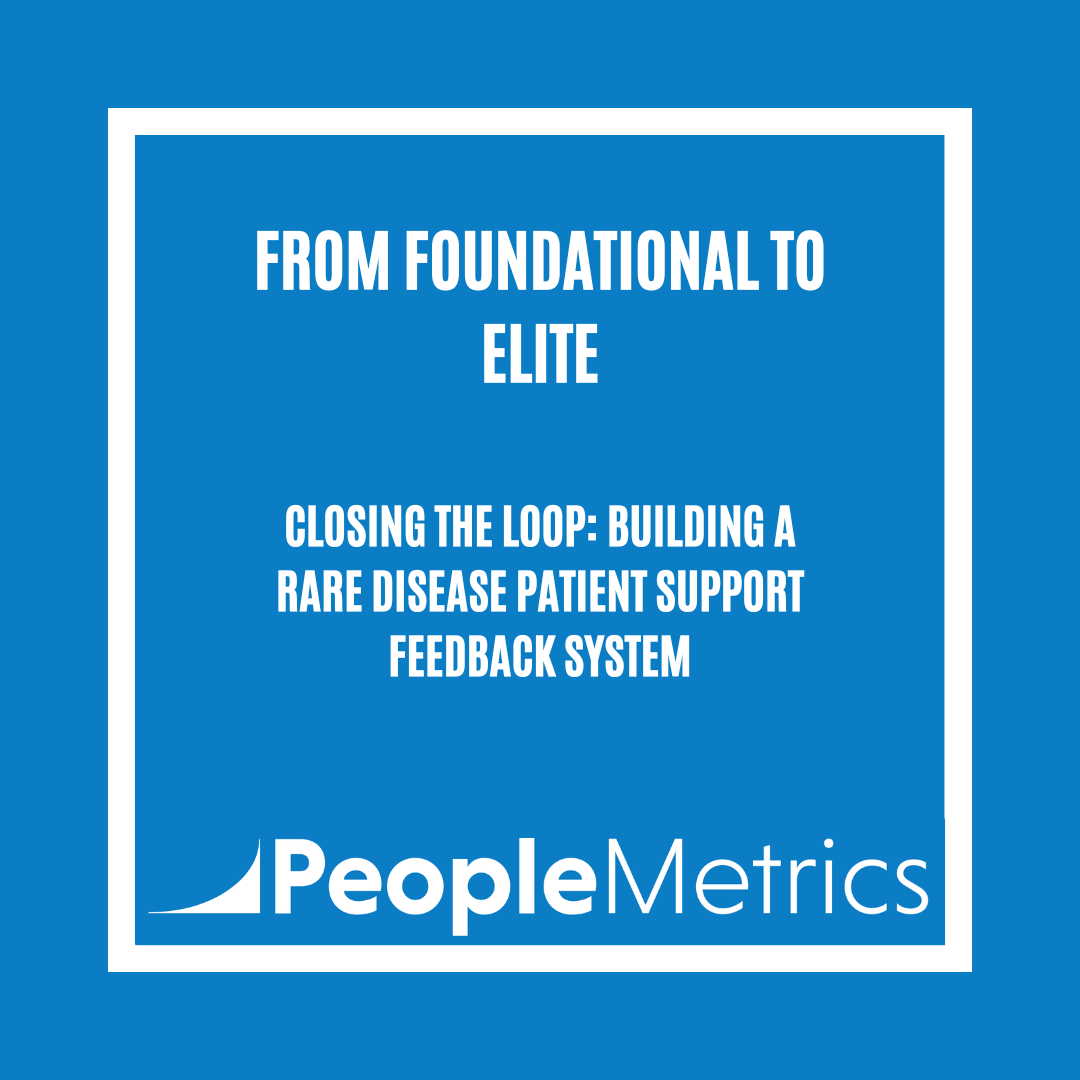So you’ve bought into the value of a real-time patient feedback program. You understand the what and the how:
- What is a real-time patient feedback program
- What the process looks like
- The most effective way to collect patient feedback
But what about the who? Who is going to help you build buy-in and implement this exciting new patient-centric initiative?
In many ways, the who is even more important than the how. Without the right players in the game, even the most airtight strategy can fall to pieces.
So, who are the key stakeholders within your organization that you need to bring to the table in order to successfully implement and manage a real-time voice of the patient program?
Here are the 5 key players on a Patient Experience (PX) feedback team, and the role each stakeholder should play to ensure the success of your real-time voice of the patient program:
1. Patient Services
Your patient services team has an intimate understand of the important interactions each patient has with your company, the treatment milestones that constitute critical moments of truth, and a strong understanding of the questions and concerns that surface throughout treatment journey.
Role of Patient Services:
- Serve as point of contact during program implementation
- Define the touchpoints at which to collect patient feedback
- Follow up with patients who report a bad experience or who are at risk of non-adherence
2. Market Research
An experienced market researcher is worth their weight in gold when it comes to designing the survey tool and controlling for potential bias.
Role of Market Research:
- Lead the design of the survey instrument
- Drive actionable insights through analysis and reporting
- Consider hot-swap questions that can add value across the organization
3. Information Technology (IT)
Let’s be honest—for a lot of us, our technical acumen begins and ends with “unplug it, then plug it back in again” when it comes to dealing with technical challenges.
Do you really want try to understand the technical lift involved with automating a real-time voice of the patient program by integrating with your Hub via open source API’s? Me neither. That’s where the Information Technology (IT) team comes in.
Role of Information Technology (IT):
- Estimate the internal scope of work for system integrations
- Evaluate and confirm the data security protocols of your vendor partner
- Lead technical system integrations
4. Legal
Involving legal early and often will save you a lot of time and a lot of headaches throughout the implementation of your program. Work with legal to check all the necessary boxes to make sure nobody gets in trouble (or sued).
Role of Legal:
- Ensure the compliance of all legal and regulatory statutes
- Enforce standards for collecting data containing PII or PHI
- Work with procurement and vendor partners to finalize contracts
5. Executive Sponsor
A highly engaged executive sponsor will help guide the strategic vision of your real-time voice of the patient program, build buy-in across the organization, and most importantly, fund the program.
Nothing happens until somebody pays for something, and a strong executive sponsor will act as a liaison, facilitating collaboration amongst the cross-functional team of stakeholders.
Role of Executive Sponsor:
- Implement and enforce the strategic vision of the program
- Facilitate collaboration amongst your cross-functional team of stakeholders
- $$$
So there you have it. If you bring all of these key stakeholders to the table and establish the role that each of them need to play early on in the process, you’ll be well on your way to implementing a successful real-time voice of patient program.
But wait, there's more!
Excluded from this post is a 6th (and final) key stakeholder that will help you and your team create a world class real-time patient experience program.
See our next blog post for detailed profile of the characteristics that make this 6th stakeholder especially effective and help your team find the right one.
|
Want to know more about key players in PX? Contact PeopleMetrics: |
About the Author
Matt Salvetti is the Sales Manager at PeopleMetrics. With a background in marketing and market research, he is passionate about helping organizations incorporate the voice of the customer and patient into strategic business decisions. Outside of work, Matt is a bit too passionate about the Philadelphia Eagles, Flyers, Sixers and Phillies. When not busy yelling at professional athletes on his TV screen, Matt is an expert at finding his way into (and sometimes out of) sand traps at his local golf course. Click here to get in touch.






